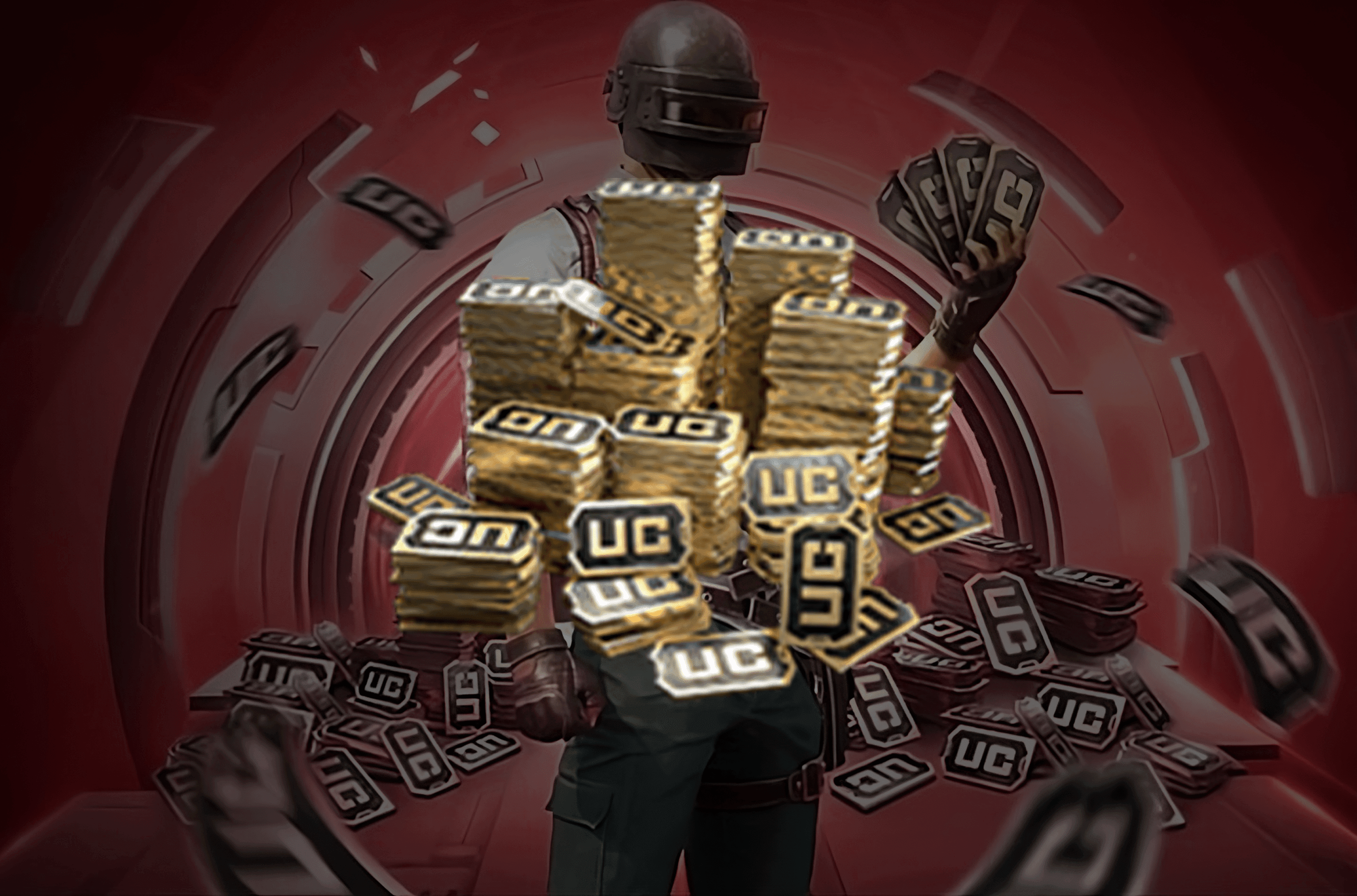Some say the definition of insanity is doing the same thing repeatedly and expecting a different result. I get it—every year, I play Madden. Just like football is a game of inches, Madden seems to excel at making small, incremental changes that fans dissect every August. We scrutinize whether the tweaks beneath the surface make a real difference, if EA’s new systems actually work, and if things finally feel better. This year, Madden NFL 25 certainly feels different from last year’s installment, Madden NFL 24, at least on the field. I don’t need to measure yard by yard to see that this edition has made real progress. But the moment you step off the gridiron, the same old problems rear their ugly heads once again. It’s déjà vu, all over again.
The biggest on-field update is **BOOM Tech**, which overhauls how animations respond when players collide. Instead of a single animation, collisions now break down into smaller ones that take player stats, strength, weight, force, velocity, angle, and momentum into account. While it might sound like marketing jargon, it actually works. The outcomes are much more varied—I’ve seen more unique tackle animations in a week of playing Madden 25 than in the entirety of my time with Madden 24. Stronger players don’t always dominate; instead, you’ll see more highlight catches, defenders bouncing off ball carriers, and mistimed tackles. It’s a game-changer.
BOOM Tech also impacts how ball carriers behave. Running backs now “get skinny” when hitting gaps, brace for contact, and use more realistic movements. You can chain together moves in a way that creates jaw-dropping plays, like juking defenders out of their shoes. It also revamps the beloved (or infamous) Hit Stick. Poor timing or positioning will cause you to miss a tackle or bounce off your opponent, but if timed right, you’ll level them and have a better chance of forcing a fumble. You get real-time feedback for your Hit Stick attempts, so you always know why something worked or didn’t. When you pull it off, it’s rewarding. When you don’t, it’s frustrating—but fair.
Several other on-field improvements will feel familiar to those who’ve played **College Football 25**. You can now disguise your defense with specific coverage shells like Cover 2 or Cover 3, adjust receiver routes in precise increments, and even attempt flashy one-handed catches. There’s also a new **Multi-Meter for kicking**, which I personally don’t like, but it adds more control over the game. One odd oversight, though, is that Madden 25 doesn’t include automatic clock run-offs after kneeling, something College Football 25 does.
Yet, while on-field improvements shine, Madden NFL 25’s off-field experience remains plagued by old problems.
Take the new kickoff rules, for example. Now, players can’t move until the returner catches the ball, which reduces the potential for explosive returns. That’s more of an NFL issue than a Madden one, but it’s still awkward and takes getting used to. Moreover, Madden 25 offers less on-field feedback than previous games. The kick meter no longer tells you when you’ve timed a perfect kick, and passes no longer provide detailed feedback on timing, pressure, or accuracy. It’s disappointing, given that the Hit Stick now offers real-time feedback.
Still, the tactical gameplay and split-second decision-making remain the best part of Madden. This year’s game is undoubtedly the best on the field, but familiar issues off the field persist.
EA has also talked up Madden 25’s updated visuals, and the improvements are noticeable right away. The menus are cleaner, more intuitive, and refreshingly lag-free, which is a huge relief for anyone who suffered through Madden 24’s clunky interface. My wife, who specializes in UX design and often watches me play, even commented that the menus finally looked like they were designed by an actual person. Small victories!
The major game modes also benefit from the improved presentation. In **Franchise mode**, you can finally create female coaches and enjoy more customization options. While there are only 10 female head models compared to 40 for men, it’s a step in the right direction. **Superstar mode** lets you import your player from College Football 25 and skips the usual opening storyline, which is a shame. However, the draft itself feels more authentic, right down to the moment Roger Goodell hugs your player after calling their name.
Graphically, everything looks better, from character models to in-game animations and touchdown celebrations. But not all changes hit the mark. I’m not a fan of the new play art—it’s harder to read than last year’s and too similar to College Football 25’s designs. Madden 25 also introduces more mini-games, including ones for offensive linemen. While I’m not crazy about these, they’re useful for training players in Franchise mode.
**Ultimate Team** mode is the same as ever, with more seasons and the same predatory monetization model. It’s still a grind, and I don’t have the patience for it. As for the other modes, **Skills Trainer** remains great but in desperate need of updates to help new players. Franchise mode, though improved with new sorting options and presentation tweaks, is still behind other sports games and needs more attention.
In summary, Madden NFL 25 improves upon its predecessor, particularly with on-field gameplay and the introduction of BOOM Tech. However, while the new presentation is nice, it’s overdue, and many off-field issues linger. Madden still feels like a game EA refuses to rebuild from the ground up, and until that happens, we’ll keep dancing the same dance every year.
**Verdict**
Madden NFL 25 delivers the best on-field experience to date, with BOOM Tech and features from College Football 25 improving the gameplay. However, off-field modes remain stagnant, Ultimate Team is still a cash grab, and the presentation improvements feel like changes that should’ve come years ago. EA seems content to ride on the coattails of being the only game with an NFL license—let’s just hope they make bigger leaps next year.







